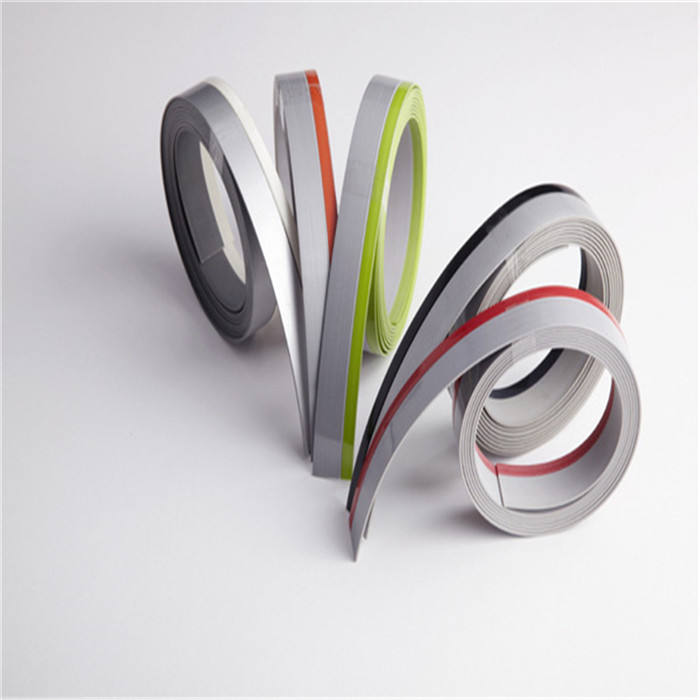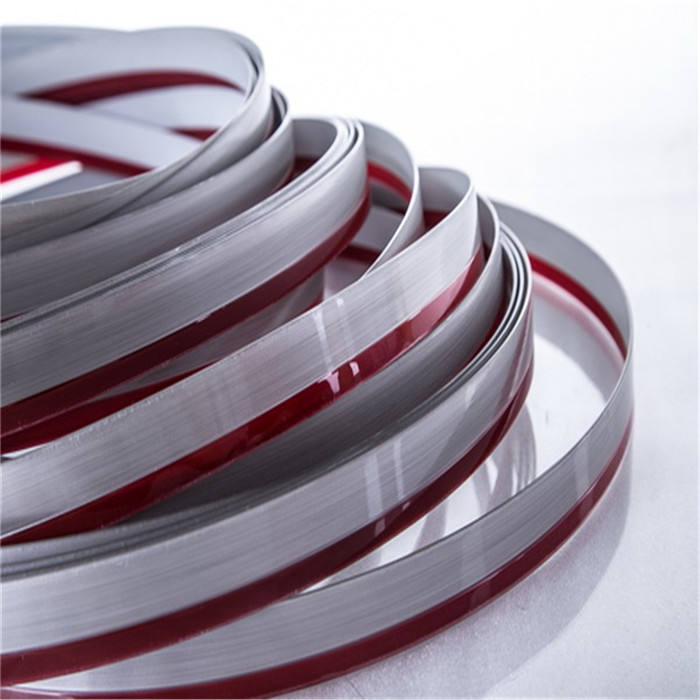Acrylic edge banding is a versatile and innovative material that plays a crucial role in enhancing the aesthetics and durability of modern interior and furniture design. This article delves into the world of acrylic edge banding, exploring its features, applications, benefits, and considerations for incorporating it into various projects.

Introduction to Acrylic Edge Banding:
Acrylic edge banding, also known as acrylic edge trim, is a decorative and protective material used to finish the exposed edges of various surfaces, such as furniture, cabinets, countertops, and panels. It is composed of high-quality acrylic polymers that offer a visually appealing finish while also adding robust protection to vulnerable edges.
Key Features and Advantages:
- Aesthetic Appeal: Acrylic edge banding is available in a wide range of colors, patterns, and finishes, allowing designers to achieve seamless transitions and create a polished, modern look.
- Durability: The inherent strength of acrylic ensures that edge banding provides a robust barrier against wear and tear, impacts, and moisture, prolonging the lifespan of furniture and surfaces.
- Resistance to UV Light: Many acrylic edge banding products are formulated to resist fading and discoloration caused by prolonged exposure to sunlight, maintaining their vibrant appearance over time.
- Ease of Maintenance: The smooth and non-porous surface of acrylic edge banding makes cleaning and maintenance a breeze, ideal for high-traffic areas and environments.
- Seamless Integration: Acrylic edge banding can be seamlessly bonded to various substrates, such as wood, particleboard, and MDF (medium-density fiberboard), creating a visually pleasing and cohesive design.

Applications:
- Furniture Manufacturing: Acrylic edge banding adds a contemporary touch to furniture pieces, providing a sleek transition between surfaces and edges.
- Interior Design: Architects and interior designers incorporate acrylic edge banding into wall panels, shelves, and countertops to achieve a polished and cohesive aesthetic.
- Commercial Spaces: Acrylic edge banding is utilized in commercial settings, including offices, retail spaces, and hospitality venues, to create a modern and professional ambiance.
- Residential Projects: From kitchen cabinets to bathroom vanities, acrylic edge banding elevates the visual appeal and durability of various residential applications.
Considerations and Installation:
- Precision: Proper installation requires careful attention to detail and precise measurements to ensure a seamless and secure bond.
- Adhesive Selection: The choice of adhesive is crucial for a long-lasting bond. High-quality adhesives designed for acrylic materials should be used.
- Expertise: In complex projects, involving professionals with experience in working with acrylic edge banding is recommended to achieve optimal results.

In conclusion, acrylic edge banding is a versatile and attractive solution that adds both style and durability to modern interior design and furniture projects. By incorporating acrylic edge banding, designers and manufacturers can create visually appealing and resilient spaces that stand the test of time.
Whether it’s adding a pop of color to a minimalist design or providing an elegant finish to a functional piece, acrylic edge banding offers a world of possibilities for creative expression in the world of design. For more insights on incorporating acrylic edge banding into your projects or understanding its installation process, feel free to reach out to experts in the field. Stay ahead in the world of design by embracing the beauty and functionality of acrylic edge banding.
